About a rival. About a brother.
Some say: ”Keep your friends close and your enemies closer”. It is always important to learn about the flaws of your rivals to be capable to identify where can you attack him during a confrontation.
Some say: ”Keep your friends close and your enemies closer”. It is always important to learn about the flaws of your rivals to be capable to identify where can you attack him during a confrontation. And also if you know more about him you will be able to talk and give more solid arguments to say why you are better prepared than him. For that reason today I’ll talk about the Impreza’s always rival: The Mitsubishi Lancer.

The first time that the Lancer debuted was in 1973 with the Lancer 1600 GSR. Also known by its chassis code, the A70 had a lightweight body and a powerful 1.6 Liter engine which gave him the victory during the Rally Safari in Kenya where also raced against the Porsche 911 with 2.6 Liter engine. This was a complete proof that lightweight and compact bodies mixed with powerful and reliable engines were a good alternative to win races, and that having the biggest engines are not always the best alternative to be competitive.
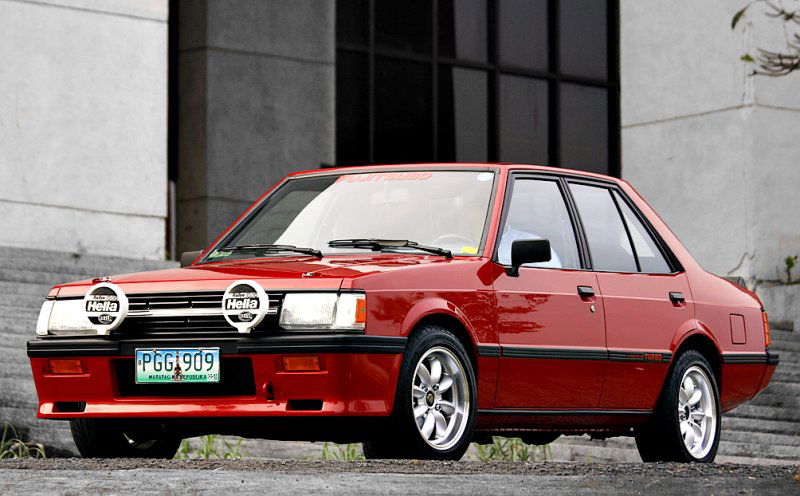
The following generation of the Lancer was released during 1979. This was known as the “Boxtype” due to its square-shaped lines. After all, during those days most of the models that were available had curvy designs. For those days, the LanTurbo made its debut at rally. It was equipped with the legendary and mighty engine 4G63T which was a 2.0 Liter engine, SOHC turbocharged engine which had a power output of 170HP. With its lightweight engine of 980 kg was a complete success. However, the rally prepped Lancer EX2000 Turbo had 280 HP, which gave the victory to the japanese brand at the All Japan Rally during 1983 and 1984 twice.
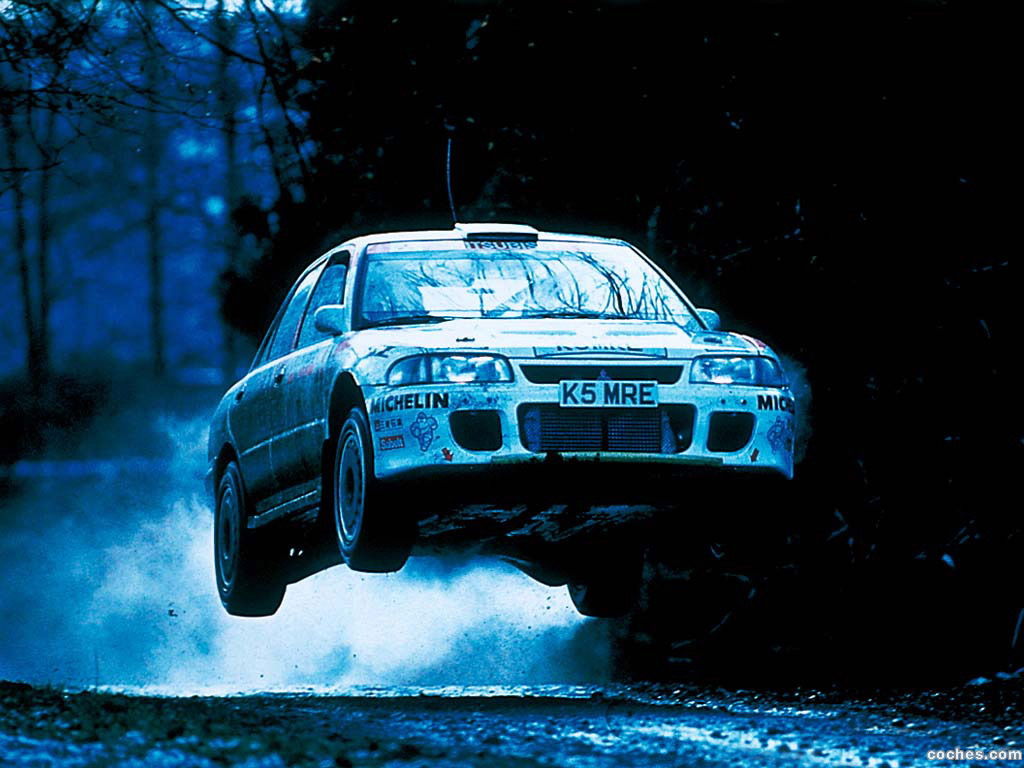
For 1993 we had for first time the first version of the today known as LanEvo. For this generation, a V6 engine was fitted in the Lancer, which had the label of “Cyborg R” and produced 160 HP.
For the first Lancer Evolution, Mitsubishi created a high performance 4WD system, which combined with the Multi-Link suspension provided a better handling on different terrains. Also it had performance than the Mitsubishi Galant because of the lightweight and more aerodynamic body.
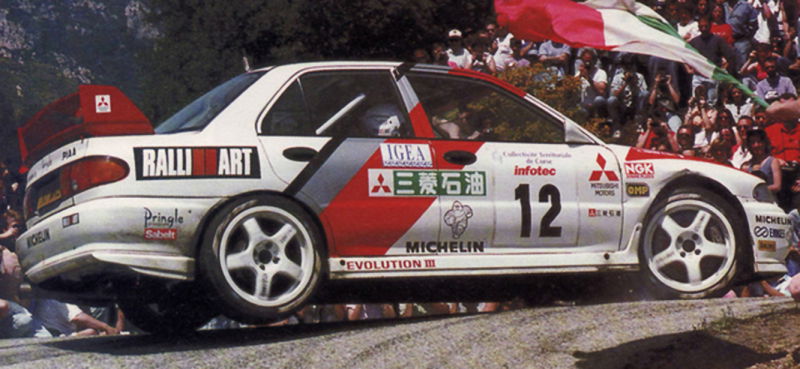
For the Lancer Evolution II, in 1994, Mitsubishi improved the turbo, and gave the suspension a wider track. The engine had its compression ratios increased to have a better power output. With the help of the Rally driver, Tommi Makinen, Mitsubishi started to dominate the WRC events around the world.
One year later, the Lancer Evolution III had various improvements. Mitsubishi equipped it with the PCC or Post Combustion Control system and the Active Control 4WD system. The first one is better known as the Anti-lag system to improve the throttle response and the acceleration.

For 1996 The Lancer Evo IV Mitsubishi released the AYC system, which instead of working mechanically like the Limited Slip Differential, worked electronically. This system uses the information that the driver provides; the way how he pushes the pedals and how he steers the differential will split the correct amount of torque to each wheel, increasing the traction on any surface.
The following generations of the LanEvo, Mitsubishi was focused on improving the handling. For the Evo V They started to deal with the weight of its body, and improve the suspension. They used lighter pistons. And for the the Evo VI they used a bigger turbo and a bigger intercooler. For this version, Mitsubishi introduced to the market a Tommi Makinen limited edition, which was available in red, with black and white stripes on its sides, and Enkei rims, similar to the rally livery.

After the FIA changed the regulations to be able to participate in the WRC, Mitsubishi was obligated to change the chassis and the body, which resulted in a heavier Lancer Evolution VII. However the springs were improved and the torque was increased. For the street version, they released the GT-A version which was improved for its use on the street. It was available with a tiptronic gearbox which.
This gearbox was not used again. Nevertheless this was not an impediment for the Lancer Evolution VIII which, in 2003 resulted to be a complete success. For the American market, Mitsubishi decided to offer three versions, one of them was the MR that came with a six-speed manual gearbox and aluminum roof to lower the gravity center. Of course the improvements on the AIDS didn’t wait longer. The super AYC was introduced which integrated the ABS, the Active central Differential and the Active Stability Control.
But this was not all. Mitsubishi wanted to take the Lancer further so they decided to release the FQ versions, which the most hardcore was named FQ-400 which was driven by The Stig during a Top Gear UK episode to show that it could be faster than a Lamborghini Murcielago. At the end it was 1.1 seconds faster than the Italian Supercar doing a lap at their circuit. Look the Top Gear videos below.
It wasn’t until 2005 that the Lancer Evo IX came out. This one featured the MIVEC system which provided better low end torque at low speeds and more power for higher speeds. Weight was also reduced by almost 60 pounds. The clutch and the differentials were also improved, and the Super ACD was also a feature of this model. For the Evo IX, Mitsubishi decided to release a Station Wagon version which had a tiptronic gearbox.
For 2007 Mitsubishi decided to release the MR version which came with 366 Hp and was capable of reaching the 100 km/h (or 60 mph ¬¬) in 4 seconds. It was a bit of a surprise because the Lancer Evolution X was already teased, and was released one year later.
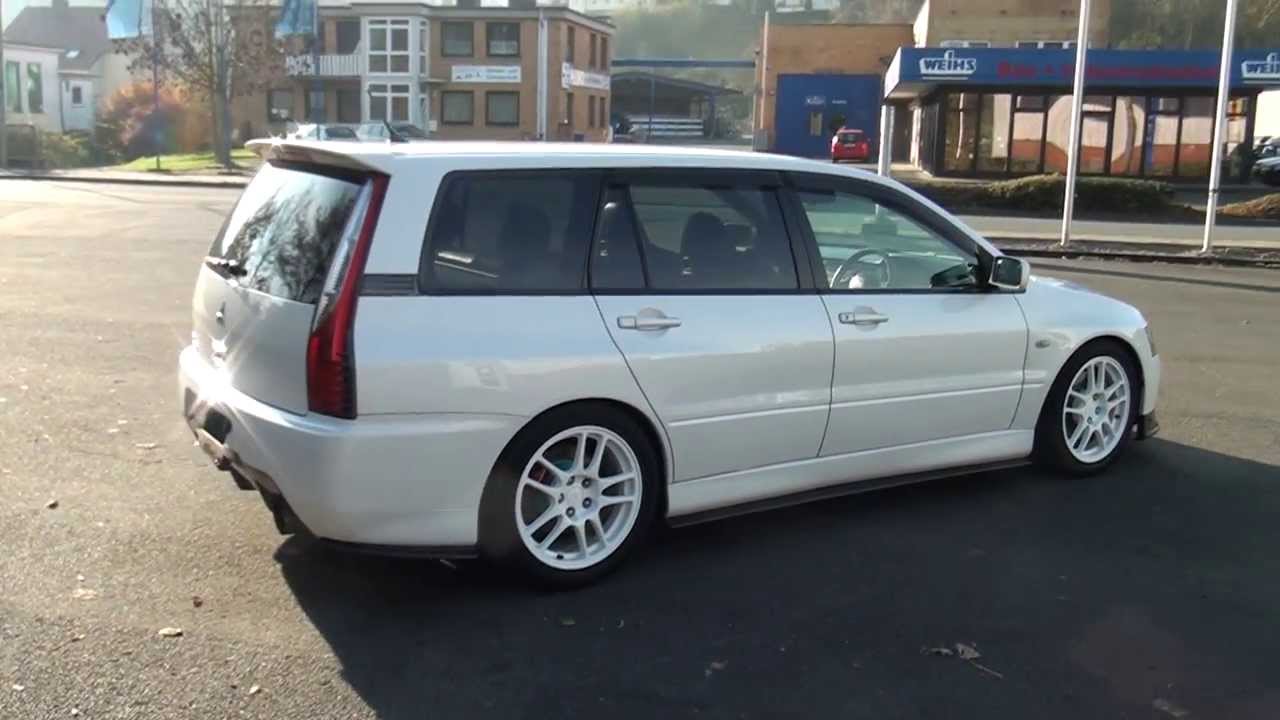
The Evolution X was completely redesigned. Everything in this car was new even the engine, which instead of having the emblematic 4G63, it was available with the 4B11. This new engine was capable of reaching 291 Hp. For this version, the GSR and the FE were equipped with the 5-speed gearbox as standard. The MR, instead, had a 6-speed sequential gearbox. And not enough with that, Mitsubishi also released the hardcore version: the FQ400 with 403 Hp and 525 Nm of torque.
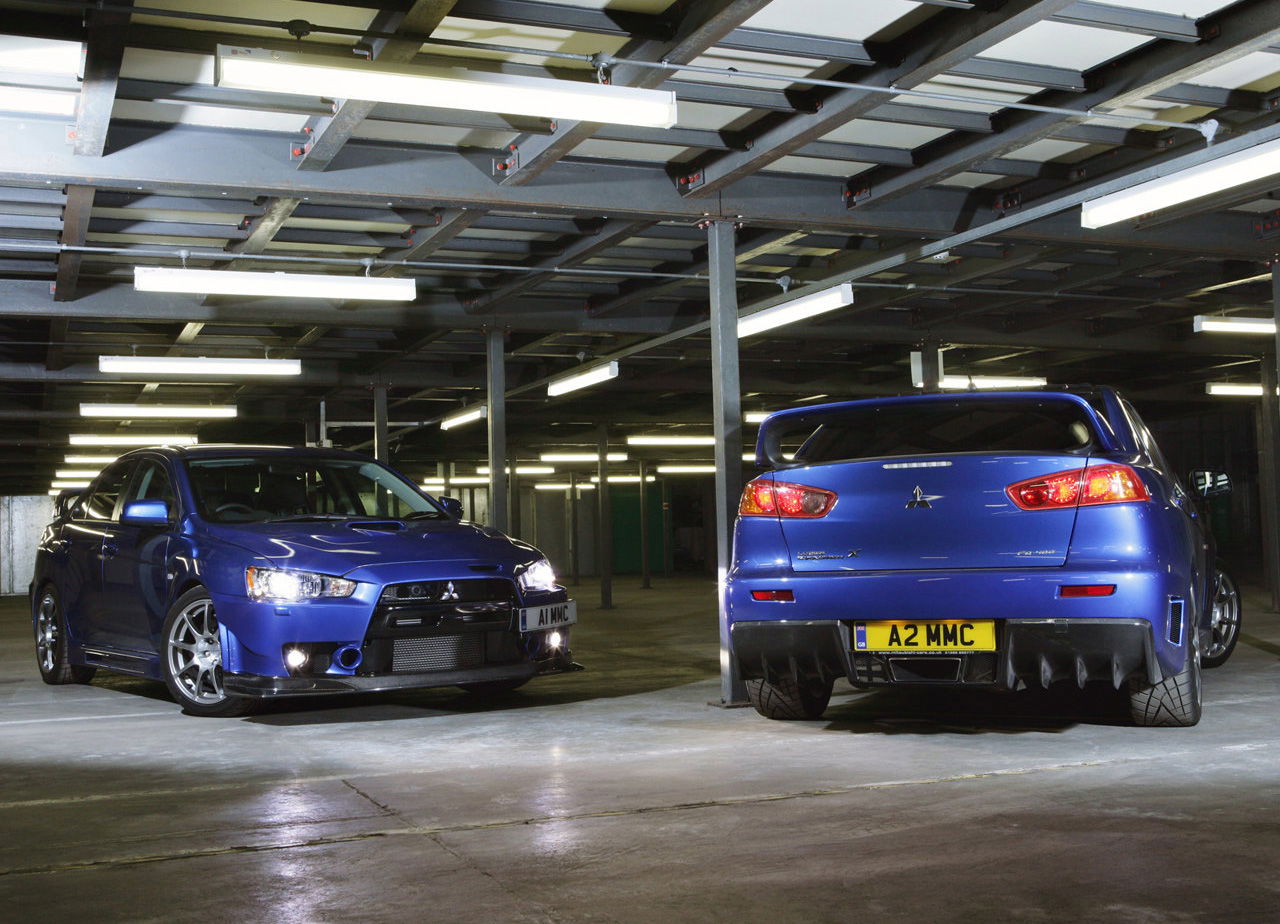
The sad thing is that Mitsubishi recently announced that they won’t release a Lancer Evolution XI. It seems that we will have to deal with the pain of missing such a masterpiece of the japanese engineering…
We will miss you, brother!














Comments
Mivec,vtec,vvt-i,vvt,vtc,vanos are basically the same principal.
THE EVO IS NOT DEAD!!!!!
That red box-type Lancer is from the Philippines! That’s so great that even our local car scene has been noticed here in Carthrottle.
My eyes are sweating…
The wagon one should do a One on one race with a nissa stagea, those has the same idea to build a wagon from the brand famous sports car😆, anyone agree with me? Btw sorry for my bad english…😂
I have a question : are the wagon have the same engine like the Original Evo ?
If this is going to be an editors pick shouldn’t someone proofread it? So many grammatical errors I quit reading halfway through the article.
Da*m it now I can’t get the when I see you again song out of my head.
Right in the feels
Pagination